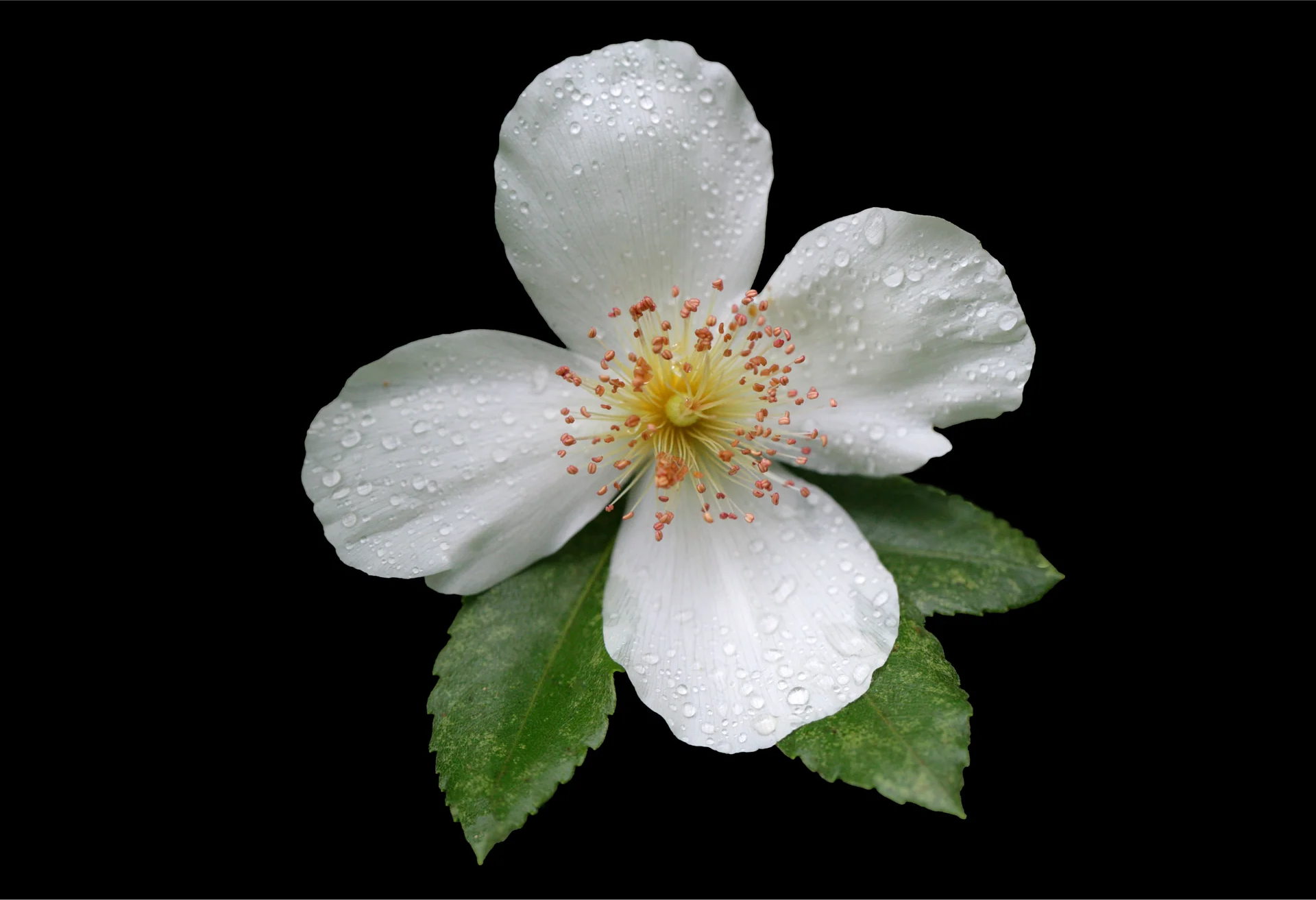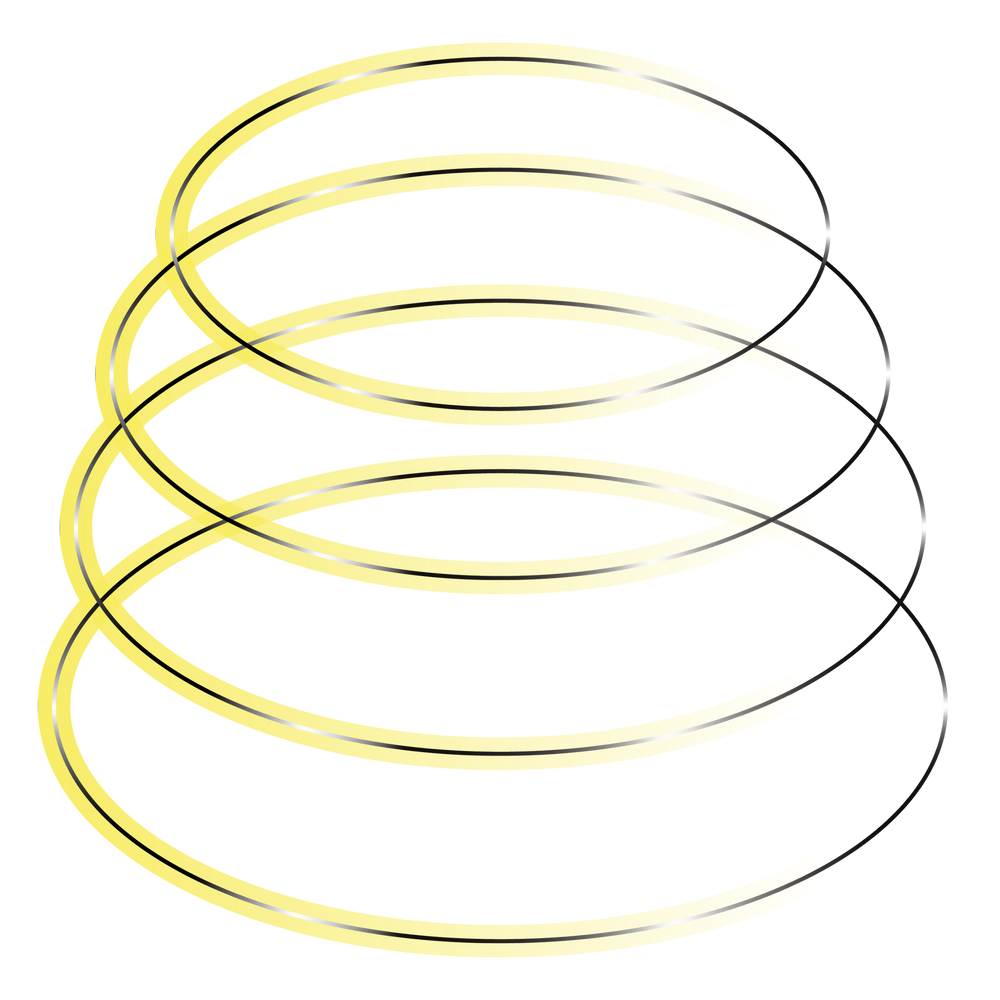
Ulmo
The Ulmo tree (Eucryphia Cordifolia), native to the rainforests of Chile, is known for its stunning white flowers that bloom in late summer. During this short blooming period, the flowers serve as a vital nectar source for honey bees who then transform it into Ulmo honey, renowned for its unique floral taste. The Ulmo tree's vibrant flowers are a testament to the rich biodiversity of Chile's forests and play a crucial role in sustaining local ecosystems.









